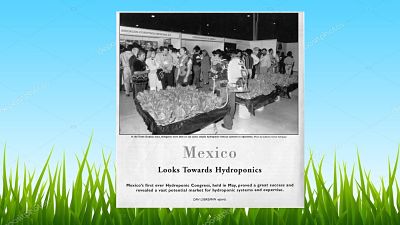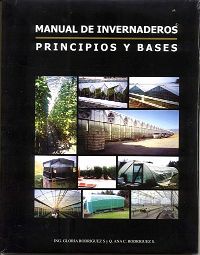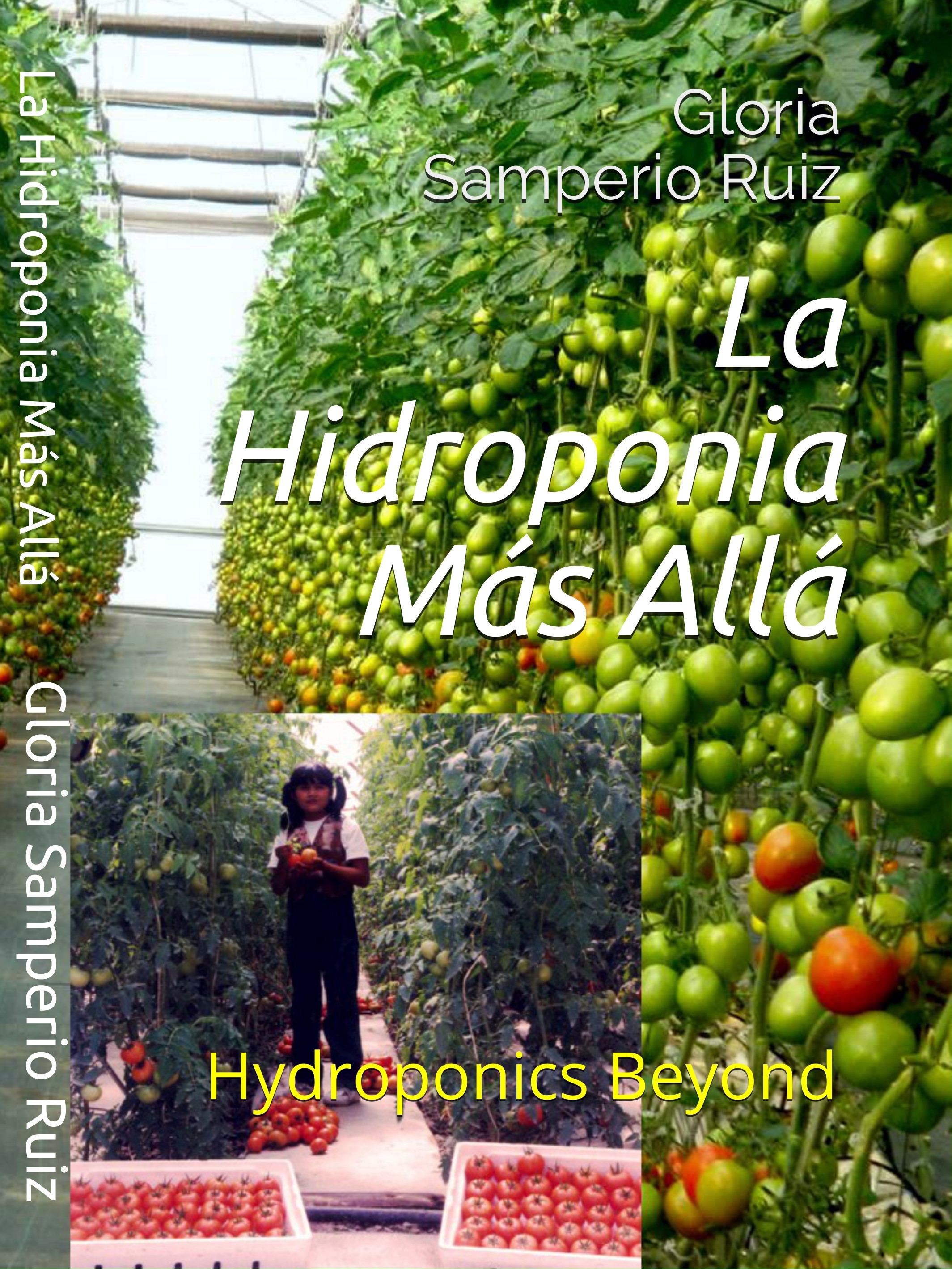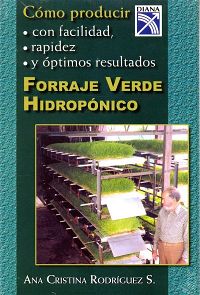![]()
![]()
![]()
![]()
![]()
![]()
![]()
![]()
![]()
![]() Mas idiomas Info tel 01722 21
Mas idiomas Info tel 01722 21![]() 5815
5815![]() 4 whats 017222311808
4 whats 017222311808

Estimados Amigos y visitantes, por la emergencia sanitaria, antes de visitarnos es necesario llamar por telefono para poder atenderlos, asi continuaremos hasta nuevo aviso por parte de las autoridades, queremos seguir en contacto y TE INVITAMOS A VER NUESTRA NUEVA SECCIÓN DE VIDEOS, TODO LO QUIERAS SABER SOBRE HIDROPONIA, CONSEJOS, TIPS, SISTEMAS, LIBROS Y MAS.... AL FINAL DE ESTA PAGINA.....cada día habrá uno nuevo.
Aquí te presentamos algunos de los artículos que se han publicado en periódicos y revistas sobre el trabajo de la Asociación y de nuestra presidenta si tu quieres compartirnos algo que te sea interesante o lo quieres ver publicado en este sitio escríbemos y mandános tu información, ya que esta sección esta en constante crecimiento
Hidroponia es una visión de producir vegetales de forma resposanble, autosustentable y ecológica
Te invitamos a recorrer nuestro sitio donde cada imagen tiene una explicación, una historia o un tip, la sugerencia es que no dejes de clicklear en ninguna.
Hidroponia, diversos temas, diario hay uno nuevo, también puedes suscribirte a nuestro canal YOUTUBE
-
 Hidroponia, nutrientes, qué son y de dónde se obtienen
Hidroponia, nutrientes, qué son y de dónde se obtienen -
 Hidroponia, cautela con los negocios prefabricados
Hidroponia, cautela con los negocios prefabricados -
 Hidroponia, una definición sorprendente, en coordinacion con la...
Hidroponia, una definición sorprendente, en coordinacion con la... -
 Hidroponia, tips, consejos y recomendaciones, El consejo de Hoy
Hidroponia, tips, consejos y recomendaciones, El consejo de Hoy -
 Te compartimos nuestros recuerdos: que motivó a Gloria Samperio a...
Te compartimos nuestros recuerdos: que motivó a Gloria Samperio a... -
 Hidroponia, curso básico en linea
Hidroponia, curso básico en linea -
 Hidroponia fácil, para jovenes y no tan jóvenes, libro de Gloria Samperio
Hidroponia fácil, para jovenes y no tan jóvenes, libro de Gloria Samperio -
 Hidroponia, centro tecnologico en hidroponia, Hidroponia a lo rudo
Hidroponia, centro tecnologico en hidroponia, Hidroponia a lo rudo -
 Hidroponia Comercial, libro de Gloria Samperio
Hidroponia Comercial, libro de Gloria Samperio -
 Hidroponia básica, libro de Gloria Samperio
Hidroponia básica, libro de Gloria Samperio -
 Hidroponia o Hidroponía, como se pronuncia, en coordinación con la AICH
Hidroponia o Hidroponía, como se pronuncia, en coordinación con la AICH -
 Hidroponia, Breve Historia de loa Hidroponia, en coordinacion con la...
Hidroponia, Breve Historia de loa Hidroponia, en coordinacion con la... -
 Hidroponia, centro tecnológico en Hidroponia
Hidroponia, centro tecnológico en Hidroponia -
 Hidroponia lechugas en la cocina
Hidroponia lechugas en la cocina -
 Hidroponia, invernaderos gestionados por la AHM, apoyo social
Hidroponia, invernaderos gestionados por la AHM, apoyo social -
 Hidroponia en Factor ciencia
Hidroponia en Factor ciencia -
 Hidroponia historia de éxito segunda parte
Hidroponia historia de éxito segunda parte -
 Hidroponia historia de éxito parte 1
Hidroponia historia de éxito parte 1 -
 Hidroponia en marte, entrevista con Jaime Maussan
Hidroponia en marte, entrevista con Jaime Maussan -
 Hidroponia, es mas que cultivar en agua
Hidroponia, es mas que cultivar en agua -
 AHM Como funciona la Hidroponia
AHM Como funciona la Hidroponia -
 AHM que es la Hidroponia
AHM que es la Hidroponia














